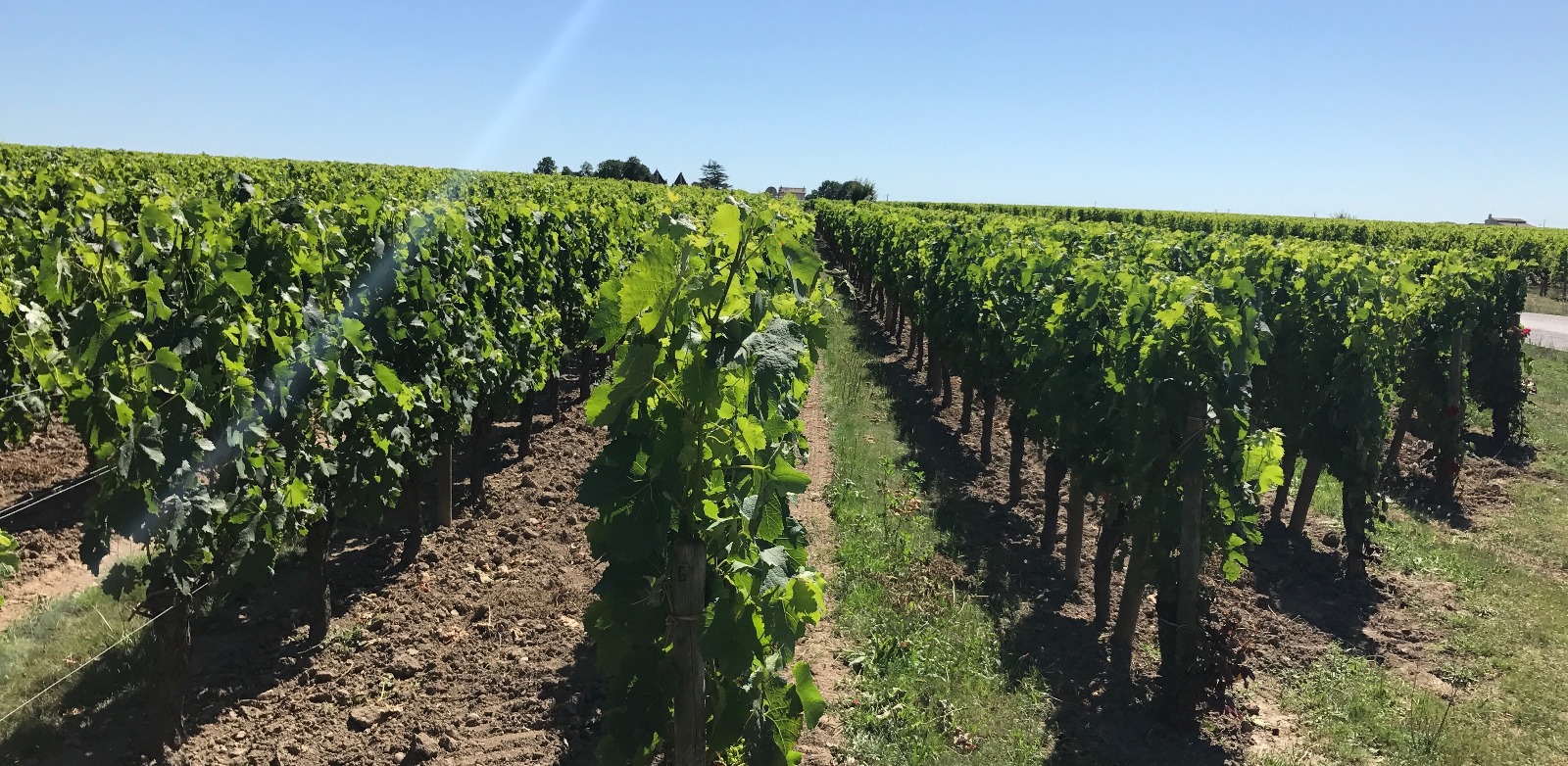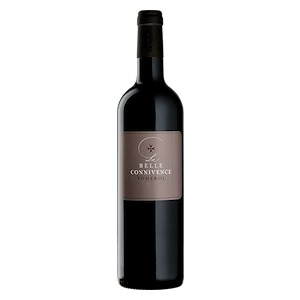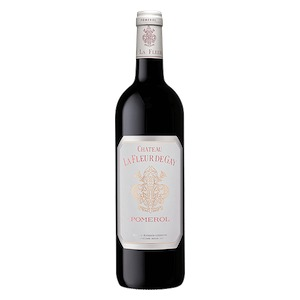
Pomerol is a red wine appellation in the Bordeaux region of France. Distinguished from neighbouring Saint-Émilion in 1923, it gained AOC status thirteen years later and is now regarded as one of the region’s most prestigious labels.

In the right bank, east of the city of Bordeaux, Pomerol - the small commune from which the appellation takes its name, is little more than a collection of houses and a church enveloped by vineyards. Tiny in comparison with adjacent [Saint-Émilion](/appellation/saint-emilion-aoc), Pomerol has around eight-hundred hectares under vine, shared by approximately one hundred and forty producers; the [Merlot](/merlot) variety accounts for four fifths of all plantings here. Other permitted grapes are - in order of prominence - [Cabernet Franc](/cabernet-franc), [Cabernet Sauvignon](/cabernet-sauvignon) and [Malbec](/malbec), although the latterly stated varieties rarely feature in the ‘Grand Vin’. To ensure high quality, AOC regulations limit yield to forty-two hectolitres per hectare. Whilst nowadays it is exclusively a red wine appellation, Pomerol was - until midway through the nineteenth-century - dominated by white varieties. However, when the AOC was established in 1936, the planting of white grapes was prohibited. At this time, Pomerol producers and their products fell some way short of the quality achieved by the more established [Bordeaux](/region/bordeaux) appellations of the Médoc, and it wasn’t until the emergence of [Château Pétrus](/producer/chateau-petrus) and a number of other prestigious estates, that Pomerol began to gain credence as a fine wine producing area. Pomerol’s terroir is diverse and lends itself in particular to the cultivation of the [Merlot](/merlot) grape. Soils range from clay in the north and east of the region, to light and gravelly in the south and west. A small area - much of it within the confines of the [Pétrus](/producer/chateau-petrus) estate - sits on blue clay with an iron-rich sand layer known as Crasse de Fer. The climate is warm and temperate with a mix of continental and maritime influences, hence the cultivation of grapes for vinification finds near perfect conditions on this [French](/country/france) Plateau. Despite obvious successes, growing [Merlot](/merlot) in Pomerol can present some difficulties. Heavy rainfall - particularly in the spring - can lead to the retention of water in the variety’s preferred clay soils, thus increasing the risk of grey rot. Plastic sheeting and remarkably, the deployment of helicopters as wind generators! are techniques used by savvy producers to combat such threats. The wines of the appellation speak for themselves. The distinctive Pomerol style has evolved over the last thirty years to mean intense, beautifully structured wines with aromas of red berries, violet and truffles (the latter most synonymous with wines born of Crasse de Fer soils). Mono-varietal Pomerols remain uncommon, however the exact blend varies with each vintage and between winemakers. Almost all of the wines undergo malolactic fermentation and a period of around eighteen months in oak before bottling is common practice. It is also an increasing trend amongst the appellation’s producers to harvest late, affording extended hang time and subsequent full physiological ripeness. Pomerol wines rank amongst the world’s most expensive; a 1961 Pétrus for example, sold at a New York auction house in 2011 for $144,000. However, despite this fact, and perhaps owing to the appellation only coming to prominence in the latter half of the last century, there is no official classification of Pomerol wines. There is however a consensus amongst professionals that the wines from the appellation’s most acclaimed estates are on par with the cru classé properties of the Médoc.


